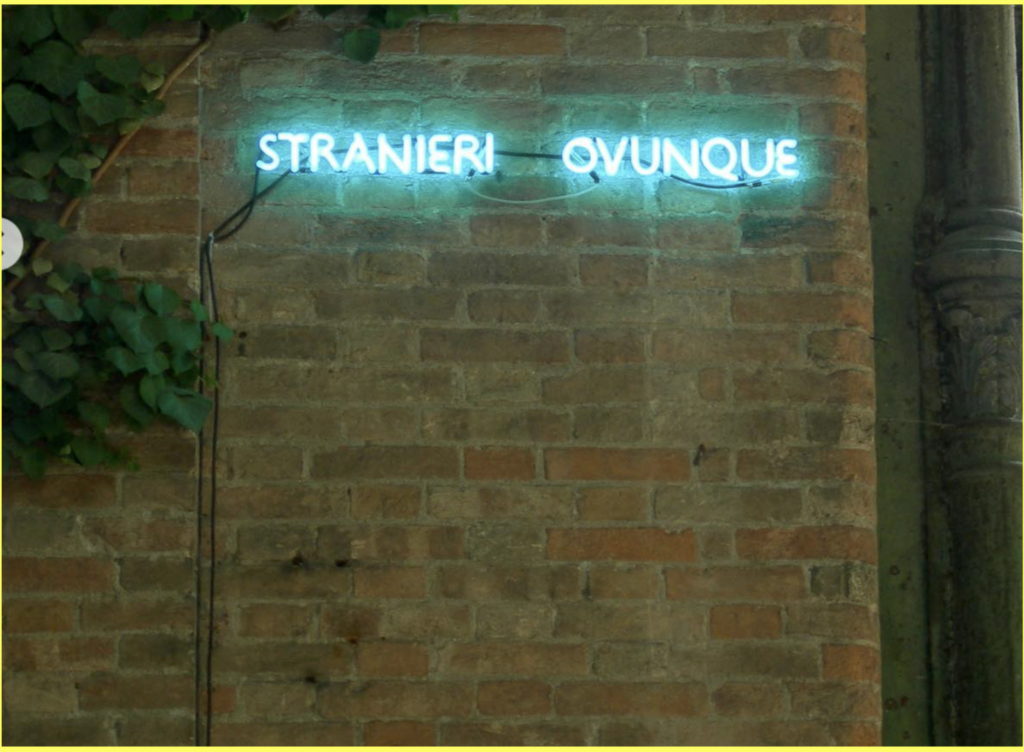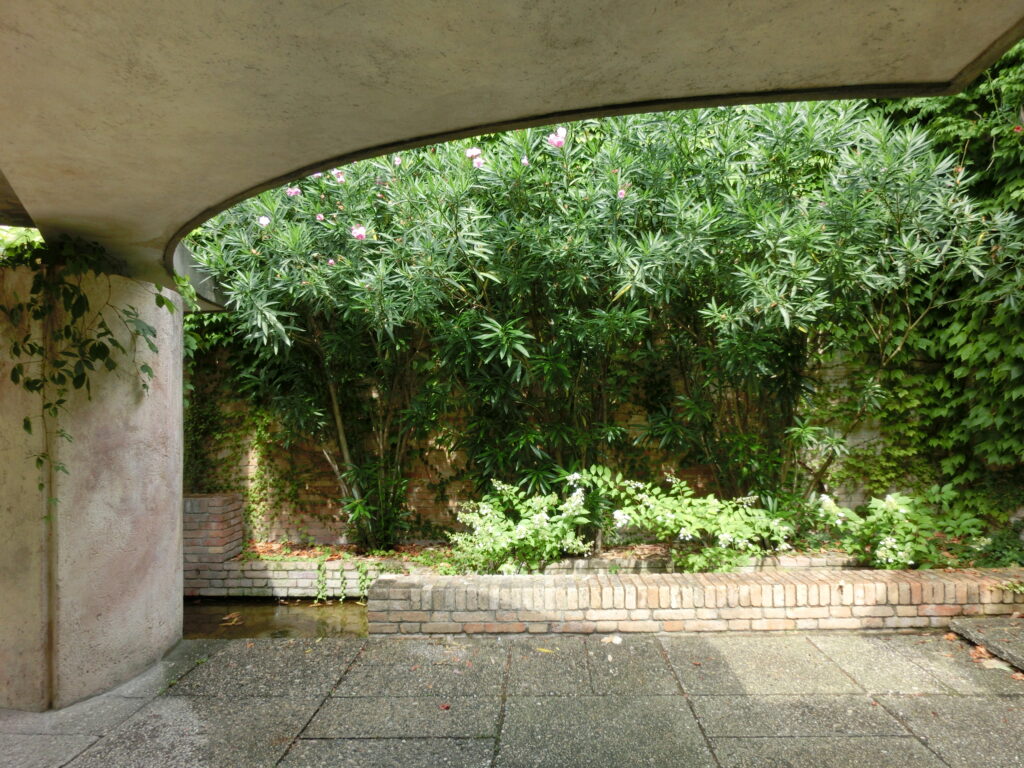Happy Birthday Biennale!
The 60th Venice Biennale of Contemporary Art will open on 20 April under the title Foreigners Everywhere, Stranieri Ovunque. For the first time, the Biennale will have a curator from Latin America, Adriano Pedrosa.
The Venice Biennale is celebrating its 60th edition this year, and the age of sixty is usually a time to take stock of one’s journey and move on to new goals and new expectations in life.
The Biennale is actually a centennial exhibition, as it will be one hundred and twenty-eight years old in 2024. In fact, although some editions were interrupted during the two world wars, it was born in 1896.
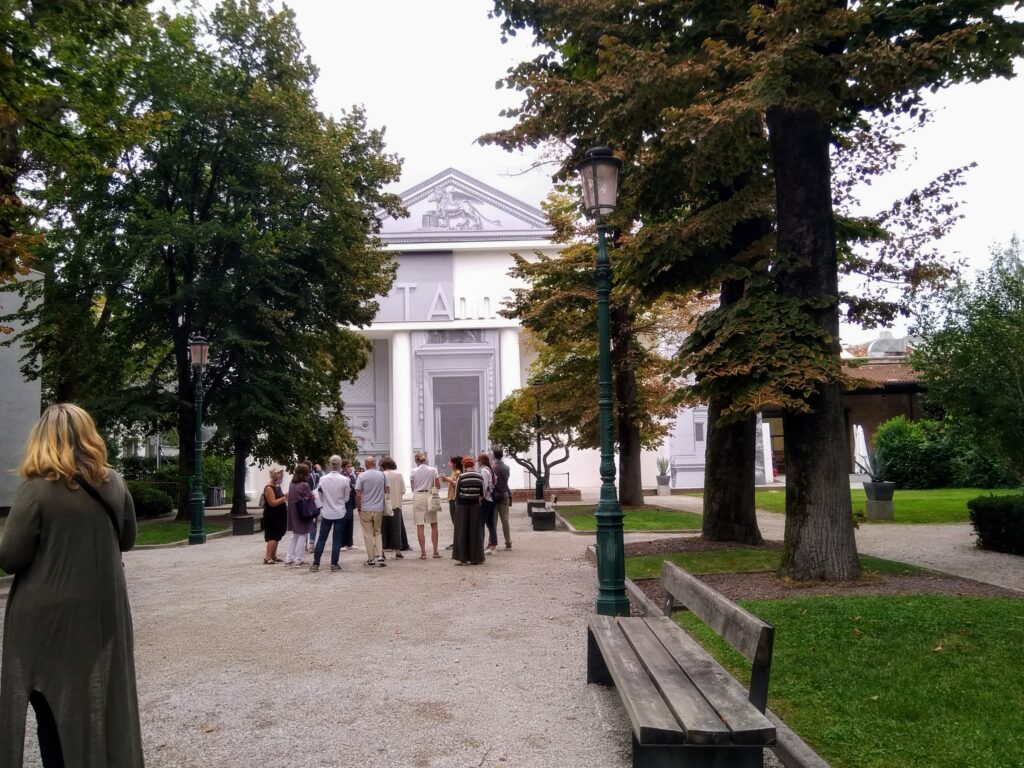
What is the Biennale of Venice? A few lines of history
What is the Biennale of Venice? The Venice Biennale is the oldest contemporary art exhibition in the world. it was born as a fine arts exhibition thanks to a group of artists and art lovers, including the mayor of Venice Riccardo Selvatico. From a small exhibition dedicated to Italian art, the Biennale gradually opened to the world during the twentieth century. Various European and non-European countries began to exhibit in Venice, acquiring spaces within the Giardini di Castello and installing themselves in pavilions they had curated and built by eminent architects. Thus were born the National Pavilions set up each year by individual nations.
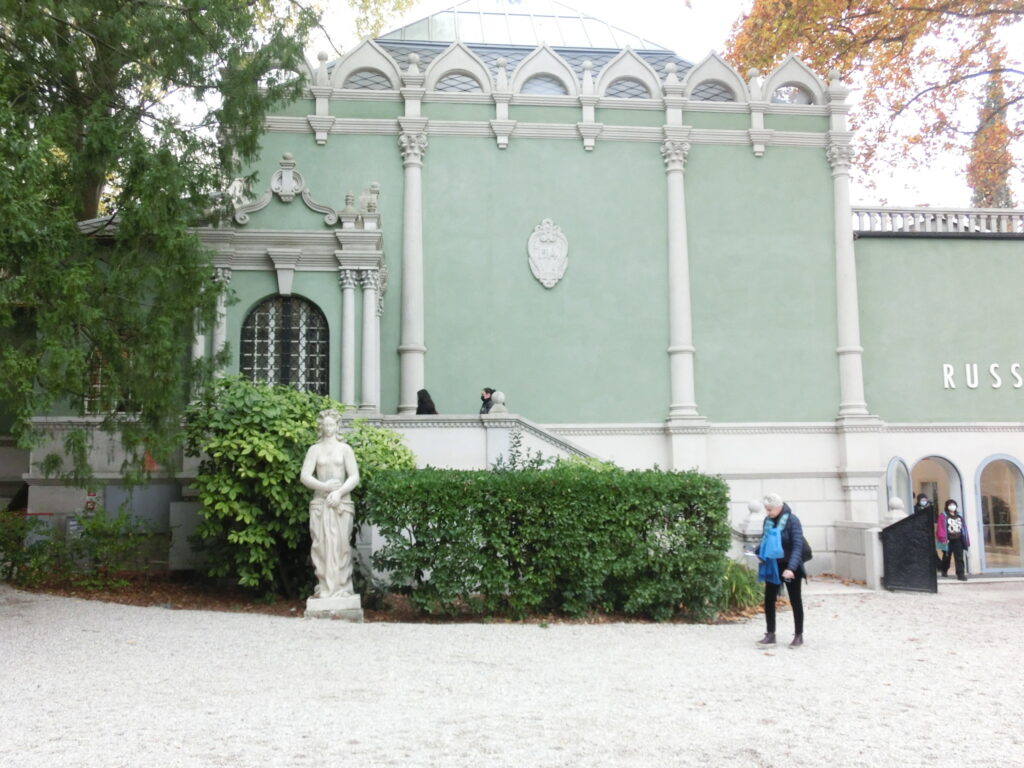
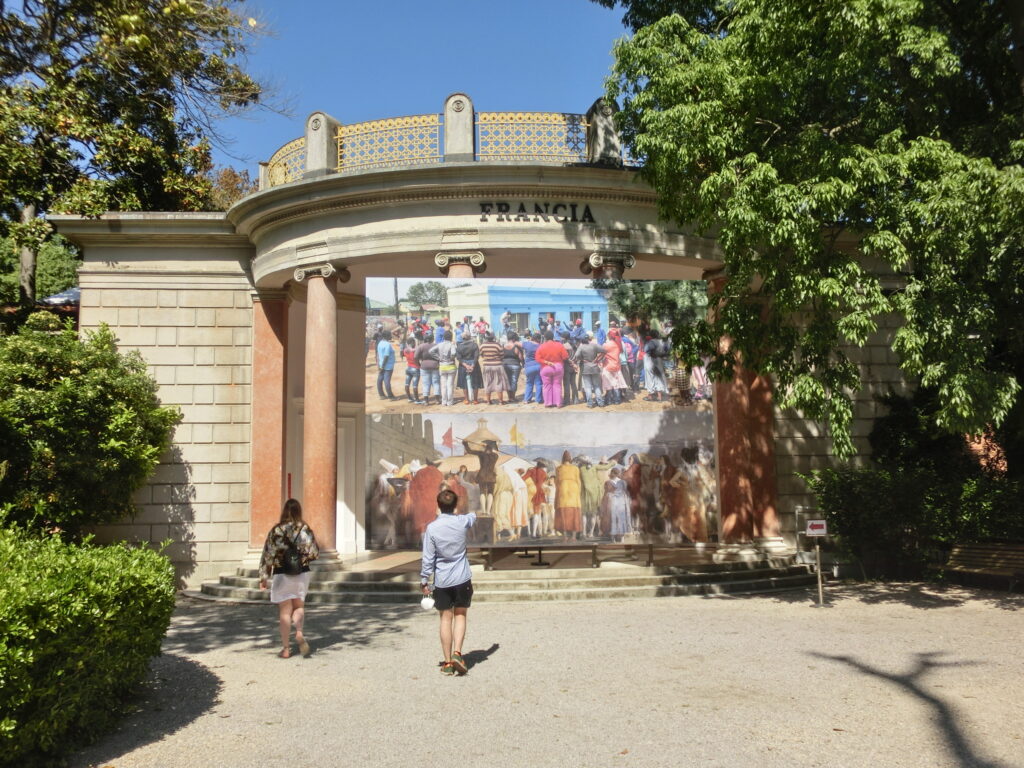
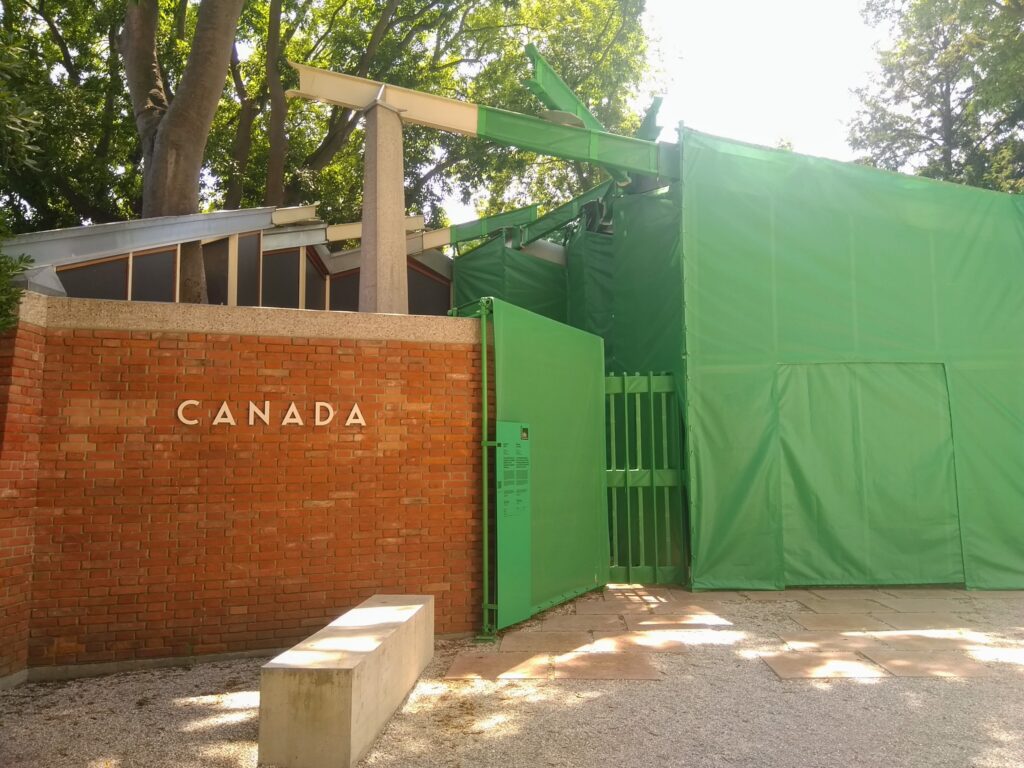
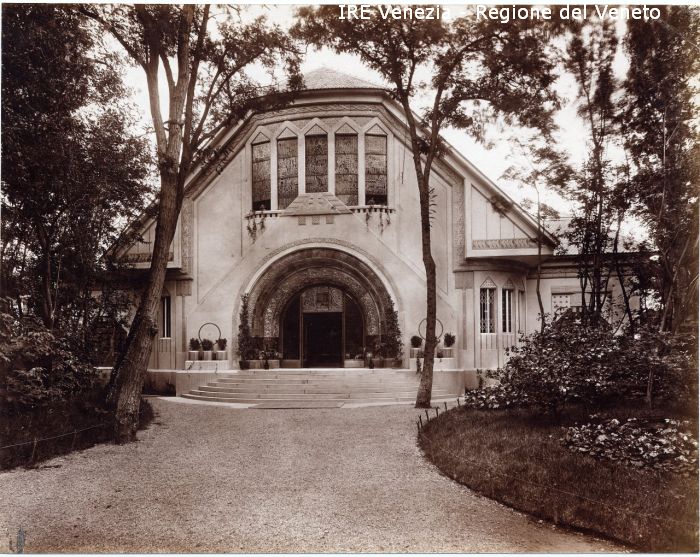
Which architects have worked at the Venice Biennale?
This list is not intended to be exhaustive, but rather to give the names of just a few of the architects and studios that have worked in Venice.
Virgilio Vallot rebuilt the Belgian pavilion, which dated back to the first decade of the 20th century. Géza Marňti erected Hungary’s pavilion in the ‘Viennese-Magiaran’ style, for France the Italian Umberto Bellotto was chosen, Great Britain’s pavilion was built by Edwin A. Richards.
Holland commissioned the famous Gerrit Rietveld to build its pavilion, Canada’s, which was recently restored to its original design, is a work by BBPR. The pavilion of Russia, one of the oldest, is the one built by Aleksej Scusev in the early 20th century. Carlo Scarpa, who had been responsible for various Biennale installations, as well as for the Sculpture Garden, the entrance and the Book Pavilion, was also commissioned to build the pavilion of Venezuela, which stands next to the Swiss pavilion by architect Bruno Giacometti (on Carlo Scarpa see also: The Most Unusual Gardens in Venice ). The United States relied on W. Adams Delano and Chesters Holmer Aldrich for a pavilion in neoclassical style (see also the article on the American Pavilion in 2021) .
The Venice Biennale and the pandemic
In 2020, due to the restrictions caused by the pandemic, the contemporary architecture exhibition, which alternates with the art exhibition every year, could not be organised. Thus, a small precious exhibition dedicated to the Biennale’s 120th anniversary was organised, Le muse inquiete (The restless muses), the Venice Biennale facing the present.
For the Biennale it was almost a return to its origins, the exhibition occupied in fact only the central pavilion in the Giardini di Castello, which had been reconstructed several times, but the installation covering the façade represented the two old pavilions that no longer existed.
Curated by all six directors of the arts, who normally change for each edition, (art, architecture, music, dance and cinema), the itinerary wound its way through the institution during the last century to the present through its centenary evolution to show how in the end the Biennale had always related to the present and had been influenced by the historical period and was also its symbol. As a result, the historical and political moment was symbolized in the artworks exhibited.
Archive material, photographs, but also paintings, mosaics, audio-visual material, made it a unique exhibition, because it was curated by six different curators who collaborated in a single realisation despite their respective competences: Cecilia Alemani (Art), Alberto Barbera (Cinema), Marie Chouinard (Dance), Ivan Fedele (Music), Antonio Latella (architecture).
The 2020 edition was also one that few of us had the chance to visit, because health conditions forced it to close early and because it was impossible to travel to many countries, including Italy, so the Venice Biennale suffered the fate of other unfortunate exhibitions that had been planned and closed prematurely.
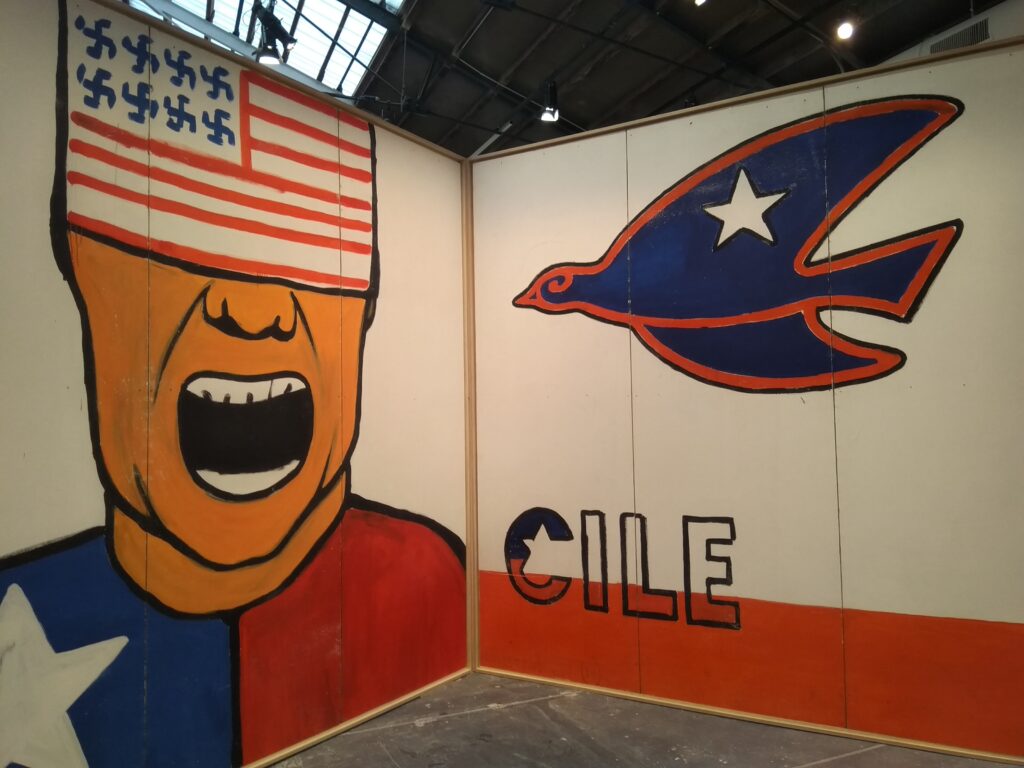
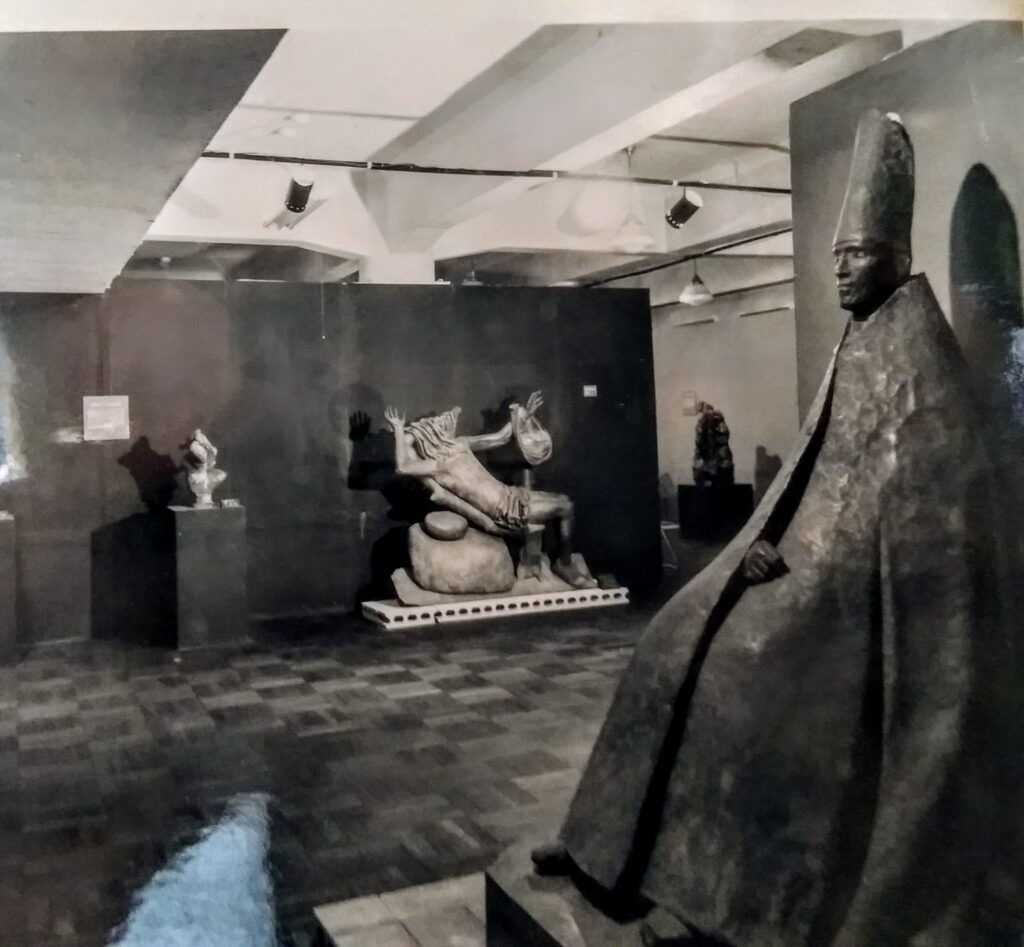
The Biennale of Venice 2024
Adriano Pedrosa chose for the title to refer to the works of the French collective Claire Fontaine, Foreigners everywhere, which in turn was inspired by the Turin-based collective known for its fight against racism and xenophobia active at the beginning of the 21st century in Italy.
The theme is inspired by the issues surrounding the global movement of people and the challenges of language, ethnicity, the foreigner, as the title states. According to the anticipations of the curator, Adriano Pedrosa we are always foreigners and everywhere we meet foreigners when we travel.
In a city like Venice, where nations, languages and cultures intersect and where the foreigner was normality, the theme seems particularly apt, although it will certainly be declined in the modern sense, because the artist, especially the foreigner, can also be seen as the different.
According to the press preview of the curator Adriano Pedrosa we are always foreigners and everywhere we meet foreigners when we travel.
Moreover, foreigners arriving in Europe are part of this sense of foreignness.
The artists that will expose at the Biennale will come from all over the world, from the East, from Europe, from America, some are Italian or Italian immigrants, in short it will be a biennial representative of all continents.
It is also expected that there will be a large presence of South American and African artists, in continuity with the 2022 Art Biennale, curated by Cecilia Alemanni, which had dedicated a large part of the exhibition to Central and South American artists. These had played a preponderant role in the 2023 Architecture Biennale, curated by Lesley Kokko, who saw Africa and African architectural practices as the Laboratory for the Future, which ideally should have been a bridge to a sustainable future, the theme of sustainability being central and recurring in the 2023 Architecture Biennale. Sustainability and the exploitation of the environment, as well as climate change, are not only current issues, but also challenges that we will increasingly be called upon to confront, and in this sense art is a litmus test anticipating common feeling.
The Venice Biennale promises to be interesting and challenging. I look forward to guiding you on this journey through the contemporary art, Foreigner Everywhere! Venice, February 2024
Fiorella Pagotto
